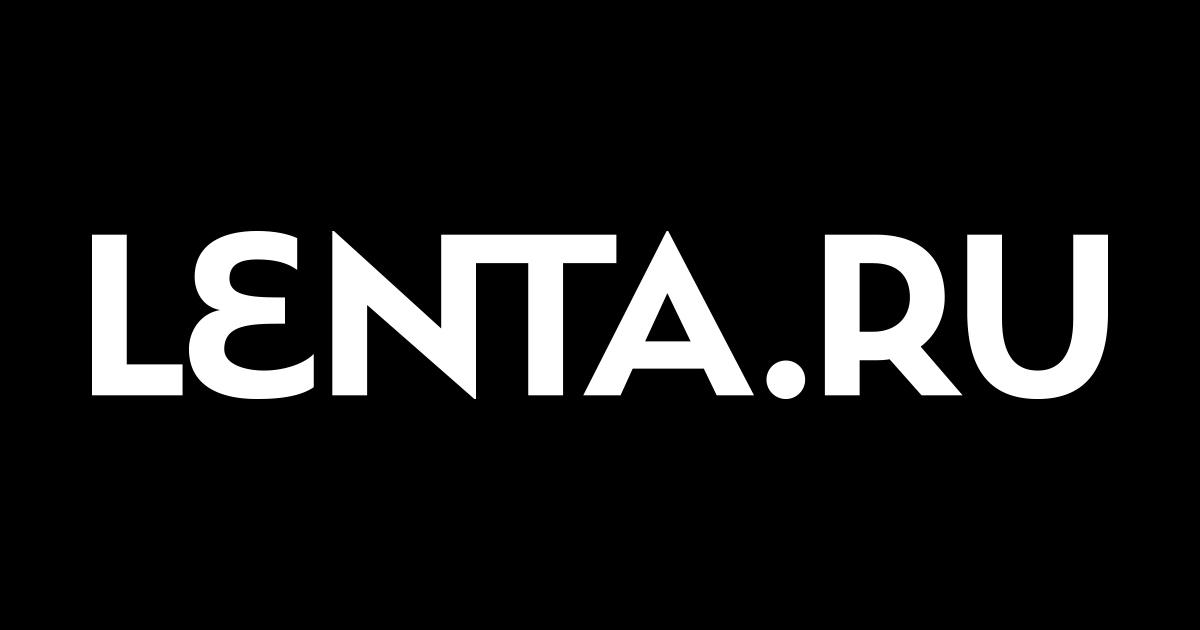The gender distribution of regional councils was clearly different from that of almost all councils.
23.1. 20:21 | Updated 0:36
Ladies rose to a majority in regional councils as soon as about half of the votes were counted after 8 p.m. on Sunday. The gender distribution in favor of women was also maintained later in the evening.
Women accounted for 53 per cent of those elected and men for 47 per cent, with 99.8 per cent of the vote counted at 00.35 on the night before Monday.
The situation changed from the last municipal elections, where men accounted for about 60 per cent and women for 40 per cent.
On average, candidates aged 51 and over were elected to regional councils. The average age was roughly the same as in the 2021 municipal elections, where the elected municipal councilors were on average 50.8 years old.
In the regional elections a total of 10,584 people were nominated, of whom 55 per cent were men and 45 per cent women. The average age of candidates on election day was 50.3 years.
Women tend to be regional commissioners at a slightly younger age than men. The average age of men on election day was 51.5 years and that of women 48.7 years.
Last 40.2 per cent of women elected as municipal councilors in. The proportion of women elected rose 1.2 percentage points from the previous election.
The average age of those elected in the municipal elections in 2021 was 50.8 years. The average age of men who rose to municipal councils was 52.6 years and that of women 48.2 years.
Regional election campaign the current parties had resorted to the familiar crowd in their candidacy. More than 80 percent of the candidates in the January regional elections were also running in the municipal elections in the summer of 2021, according to a report by Helsingin Sanomat.
Almost every third of the regional election candidates were seated municipal councilors.
Candidates from basic Finns have the highest municipal election background, of whom about 94 per cent were candidates in the last municipal elections, Helsingin Sanomat reports. Of the Christian Democrats, about 83 percent of the regional election candidates and 82 percent of the Left Alliance and Social Democrats both participated in the municipal elections.
About 80 percent of the same candidate names were offered by the Center, the Greens, and the Coalition Party.
About parliamentary parties the least number of the same names were on the Liike Nyt lists, where just over half, or about 52 per cent, were running in last summer’s municipal elections. On the NCB’s lists, about 74 per cent of the regional election candidates were also available for positions of trust in municipal elections.
The percentages for municipal elections are not entirely accurate, as candidates have been compared by name and names may have changed between elections.
Politics investigator Sami Borg said after the nomination was overthat the parties clearly had difficulty finding new candidates for the regional elections.
“There is no new candidate reserve for the regional election,” Borg estimates.
Familiar candidates are an easy choice for the voter.
“A voter is happy to choose someone he or she knows in advance and can identify with. On the other hand, it is good that at least 20% have new faces. ”
Sami Borg.
On offer Less than a third of the current regional election candidates, or 31.6 per cent, sit on the council of a city or municipality. Even in these statistics, Perussuomalainen is at the forefront, with 44 per cent of the candidates being municipal councilors.
41 per cent of the candidates for the regional elections in the city center are municipal councilors and 38 per cent of the candidates of the Coalition Party.
According to Borg, the background of the municipal council shows that the task of the regional council is quite demanding.
“It is natural for those with experience in municipal work to apply to regional councils,” says Borg.
Great of the parties, the Greens (18 per cent), the Christian Democrats (22 per cent) and the Left Alliance (23 per cent) are the least likely to sit on the council. About one in five of these candidates’ parties therefore sit on the council.
The middle caste is the Social Democrats, with 37 per cent of the regional election candidates sitting in municipal councils and the NCP, with 36 per cent of the regional election candidates being municipal councilors.
“When the municipal elections were recent, the same people have a lower-than-usual threshold to run in the regional elections. It also seems that the financial investment in the regional elections is lower than in the municipal elections, ”Borg estimates.
.
#Regional #elections #Women #rose #majority #regional #councils





/cloudfront-eu-central-1.images.arcpublishing.com/prisa/OYNDPTUQ3JBIXN6PCPVEULELZE.JPG)

